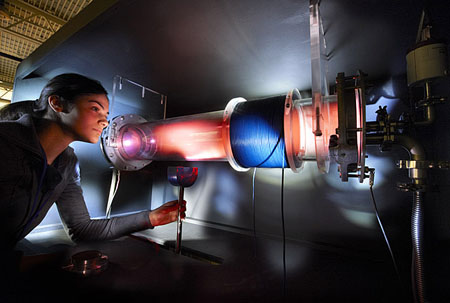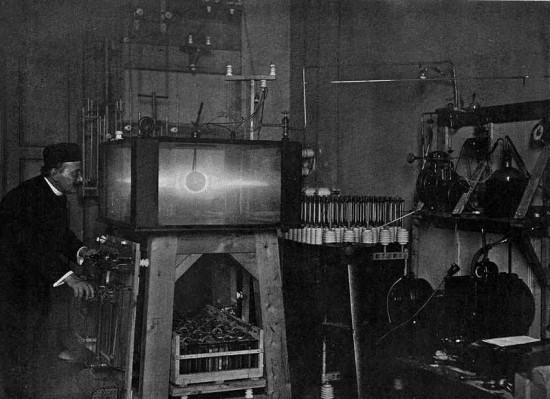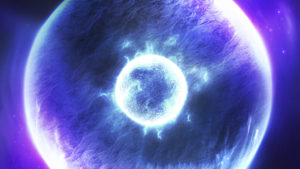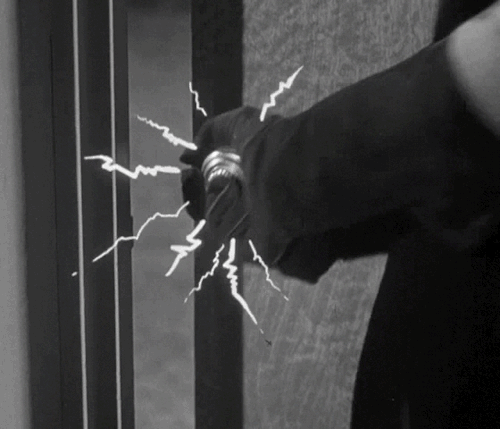Misconception:
Electric currents are impossible across the vacuum of deep space.
Answer:
A vacuum is an empty physical space, a complete absence of matter. It is a volume containing no mass and thus has zero density and pressure. Because of the relatively high speeds of ubiquitous interstellar particles, one would expect that, in reality, any given volume would fluctuate rapidly in density as quanta passed through it. That hints at what a vacuum actually is: A theoretical ideal, never realised in practice. It is fair argument to say that the presence of energetic particles in a given volume denies it the opportunity of being called a true vacuum.
Electricity is defined in physics as “The physical phenomenon arising from the behavior of electrons and protons that is caused by the attraction of particles with opposite charges and the repulsion of particles with the same charge.” An electric charge produces around itself an electric field, the means by which it transmits force to other nearby charges. It does this even when it is not moving. When the charge does move, it creates in addition a magnetic field. So an electric current is a continuous stream of charged particles in a magnetic field.

Plasma studies in the lab. Credit: DOE-Princeton Plasma Physics Lab; Peter Ginter. See Essential Guide to the Electric Universe Chapter 3 for more information on plasma.
When a gas is heated or exposed to a strong electric field, it goes through a phase transition to the fourth state of matter—plasma (after solid, liquid, and gas). Those conditions appear to exist around every incandescent star and certainly around the Sun. It’s therefore easy to see why plasma is the most commonly seen form of matter in the cosmos. The surfaces of stars are plasma. Even the dark clouds of molecular hydrogen and dust between the stars and galaxies show characteristics of plasma. Plasma is suffused with charge carriers, and that makes it an electrically conductive medium that is highly responsive to electric fields.
The solar wind is a flow of unbound electrons and protons (that is, plasma) accelerated outward from the Sun. Auroras are a direct consequence of that. The Earth’s magnetic field traps these ions, mostly electrons, and guides them towards the magnetic poles. There, ions collide with atoms in the atmosphere, releasing visible light. These large, shimmering circles around the poles reveal a fine structure of filaments. Space probes have orbited through these filaments and have confirmed that they are electric currents. They have been named Birkeland currents after the Norwegian scientist, Kristian Birkeland, who predicted them at the beginning of the last century.

Kristian Birkeland’s famous Terella experiment, in which he recreated the auroras in his laboratory. Credit: Wikimedia Commons.
It seems to be a natural consequence of our points of view to assume that the whole of space is filled with electrons and flying electric ions of all kinds.
~Kristian Birkeland
Auroras have been detected on other planets as well as on Earth. Crucially, auroras are more frequent and brighter when the Sun’s activity is most intense. Coronal mass ejections stimulate the solar wind and provide direct correlation between electrical phenomena on widely separated celestial bodies. Filamentary structures throughout the cosmos are clear evidence that electric currents are not only possible in space but actually thrive there. There is a direct electrical connection between cosmic bodies, and when that circuit is closed, voila! The lights come on.


